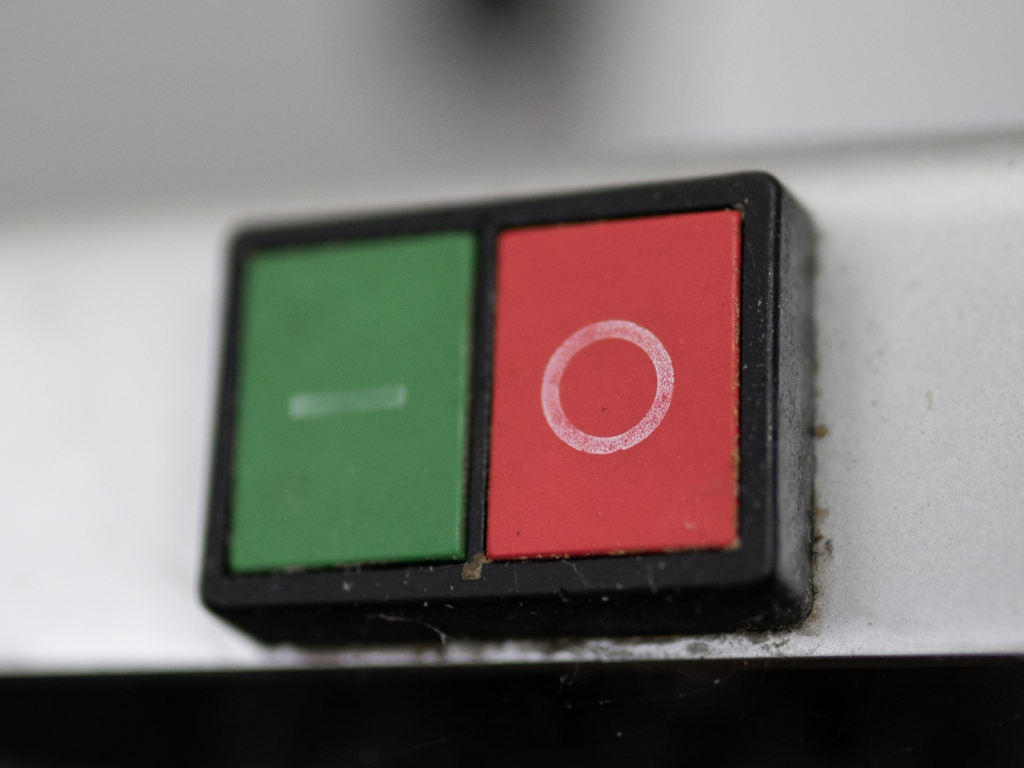
Fear and greed have been mentioned before in this blog, however, recently, I learned something new about this topic again. What I did not realize before was that there is always a tipping point that can be identified before we switch from feeling fear to greed and vice versa. As an investor, I noticed that when we practice dollar-cost averaging, it is hard not to feel this “switching” from time to time as markets continue to toy with our emotions. So in this week’s post, I would like to share more about this switching phenomenon that affects us greatly when we cross this imaginary tipping point and how we can make the best decisions depending on some common circumstances.
Describing the “tipping point”
The tipping point can be identified by the second most recent price you have sold or bought at for a particular counter. This price triumphs over the overall average price of a counter because it determines your feelings towards it the moment it hits after your last entry. At this point, you will be tempted to make a move so that you can sell for a profit or buy more to accumulate. However, if you did nothing before it went back to your last entry price, you will be extremely disappointed in not taking action. That is why I define that as the tipping point between fear and greed. Over time, all investors will be trained to detect potential opportunities to make short-term contra trades to maximize those spikes. Nevertheless, it will always feel like a gamble because long-term investors will hold no matter what might be paying in opportunity costs while traders might miss out on the upside after exiting their positions.
Where will Greed and Fear meet?
You will have overlapping feelings at some point, but the feeling is accentuated when your original strategy failed you on multiple occasions with different counters. The real pain starts when you miss your tipping point price target before the price returns back to your second entry price. This not only wastes your time but also erases all your profits from the recent price movements. To that I say, it happens. But the comforting fact is that it happens to everyone who utilizes legitimate strategies and does not aim for windfall trades. If you are one of us who have been earnestly trying to invest in companies who are stable and “boring”, it is absolutely normal for us all to lose some profits or opportunities either because we are out of the capital to buy more or we are too late in the queue to sell at our target prices.
What can we do about this?
Having gone through my fair share of such experiences myself, I would like to share that the best strategy will be to have one tranche of capital for short-term trades and another larger tranche for long-term play. The only issue with this strategy is obvious, it is extremely capital intensive and if you practice this for all your counters, you will likely only have enough for 1-3 counters. Welcome to the real world of investing, it is expensive and you will have to accumulate more capital before you can take a back seat and execute all these fancy strategies. As for your peers who are still in crypto and the crazy markets and counters, I am sure their gains are not sustainable and all they have shared with you are their gains but never their losses.
Closing Thoughts
Managing a relatively large amount of capital as an investor taught me a lot about investing and one of the biggest lessons learned is that fear and greed are always trying to steal our gains or preventing us from making the right move when the time comes. That is why I am writing such posts to share to the best of my knowledge so that more people will stray away from gambling in the markets and learn ways to accumulate capital and invest sustainably and expect the right amount of returns per trade.






